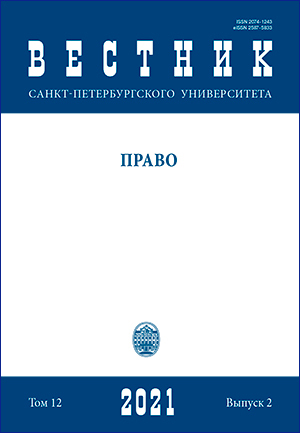Information technology in the investigation of riots
DOI:
https://doi.org/10.21638/spbu14.2021.206Abstract
The use of information technology is a cross-cutting actively developing element in the method of investigating mass riots, which in modern conditions acts as a factor in the success of this work. The article reveals the features of the criminal prosecution of riots using information technology. The main areas of using automated data banks and information retrieval systems in the investigation of mass riots are determined. Domestic and foreign possibilities of using information technologies in the organization of investigative work, in accounting and control over the materials of criminal cases on mass riots, in fixing the circumstances of crimes and in proving them are shown. The structure of the program for making and supporting the decision to create a specialized investigative group designed to work in emergency conditions is determined. As part of such a group, it is proposed to immediately organize its own information center with its own databank of episodes and persons, taking into account the primary materials on the facts of riots using the programs intended for this. For the formation of information about the general situation of mass riots, special mathematical models for the study of space-time patterns are intended. Recommendations are formulated to survey a large area and recreate a unified picture of disturbances using quadcopters. To determine the involvement of a person in riots, it is recommended to compare data from various electronic sources, such as email correspondence, electronic documents and mobile communication log files, the history of search queries in web browsers, cards and payment systems, etc. The modern judicial practice of proving participation in mass riots using, along with photo and video materials, the corresponding fragments of records also placed in electronic means is assessed.
Keywords:
riots, crime investigation methodology, information technology, organization of the investigation, fixation of riots, proving riots, automated data banks, information retrieval systems
Downloads
References
Downloads
Published
How to Cite
Issue
Section
License
Articles of "Vestnik of Saint Petersburg University. Law" are open access distributed under the terms of the License Agreement with Saint Petersburg State University, which permits to the authors unrestricted distribution and self-archiving free of charge.






